Investors think the Federal Reserve won’t raise interest rates anymore.
The market reaction can be considered a clear end to the inflationary cycle. It is driven by recent economic indicators, such as the decrease in job creation and consumer confidence. It’s worth noting that this economic slowdown is not seen as an indication of an upcoming recession, which would necessitate interest rate cuts.

ADP and NFP ahead
ADP Nonfarm Employment change was just released. This data gives us an early prediction of the main Non-Farm Payrolls (NFP) data. Looking at all the economic information available, it’s quite clear that there’s a notable downward pressure causing a decline in the value of the USD (U.S. dollar).
Gold rose again and USDJPY dropped to lower prices.
FED watch tools also show that all the probability of any interest rate hikes is priced now.
Taking a look at the FED watch tools, observe that the likelihood of any upcoming increases in interest rates has already been priced for traders.

Soft landing
Balancing the Law: A soft landing refers to a careful equilibrium between promoting sustainable economic growth and controlling inflation. Although there has been some recent negative economic data, the Atlanta Fed’s GDPNow tracker still indicates robust growth of 5.9 percent, which is deemed favorable.
Challenges on the horizon: However, concerns are raised about the sustainability of current market optimism; Because economic data may continue to deteriorate. The soft data trend could potentially be followed by real job losses and reduced consumer spending, posing significant challenges to the overall economy.
Interest rate cuts
Space for interest rate cuts: Also, the Federal Reserve’s stance on interest rates should be addressed. While the Fed has plenty of room to cut interest rates as low as 5 percent, the market expects the central bank to keep interest rates high for a long time to ensure inflation remains under control. This approach contrasts with the Fed’s historical tendency to quickly implement interest rate cuts at the first signs of economic turmoil.
The Paradox of a Weak Economy: An interesting question is, can the economy go into recession without a significant stock market crash? This contradiction emphasizes the complex relationship between financial markets and economic conditions.
Bond market
Bond market: On the other hand, you should carefully monitor the bond market; Where there is talk of higher yields on US Treasuries. Rising bond yields could potentially pose risks to corporate balance sheets and US fiscal strength, however, despite recent peaks in bond yields, a 0.1% drop in 10-year yields and a strong auction of 7-year notes Granted, there are concerns about rising prices.
Stock
Stock market: The positive market reaction may be attributed to the increased sense of a soft landing; Because sequential risks, such as economic instability and high inflation, gradually decrease. While the economy is considered strong and an interest rate cut by the Federal Reserve is unlikely, the market is not expected to see a recession or a resurgence of high inflation.
Focus on economic data: Consequently, it should be emphasized that market sentiment depends on the release of upcoming economic data. If economic data continues to be weak, the market may shift from being positive about the end of the rate hike cycle to supporting a rate cut.



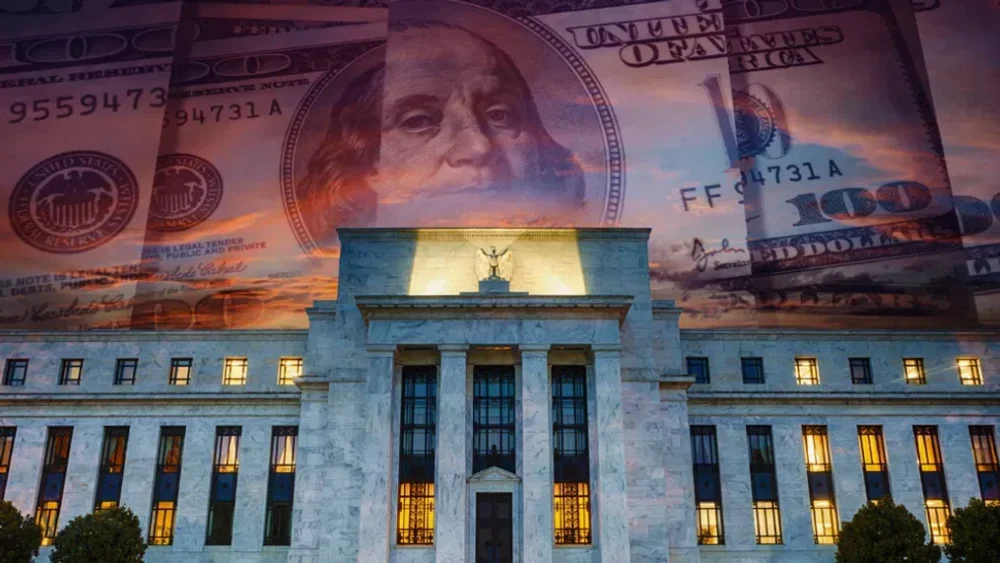
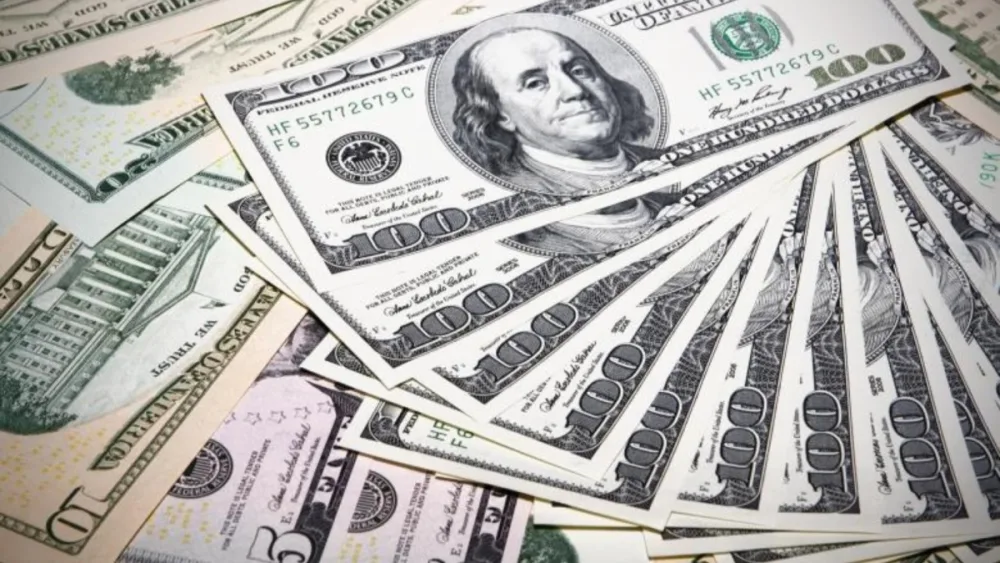
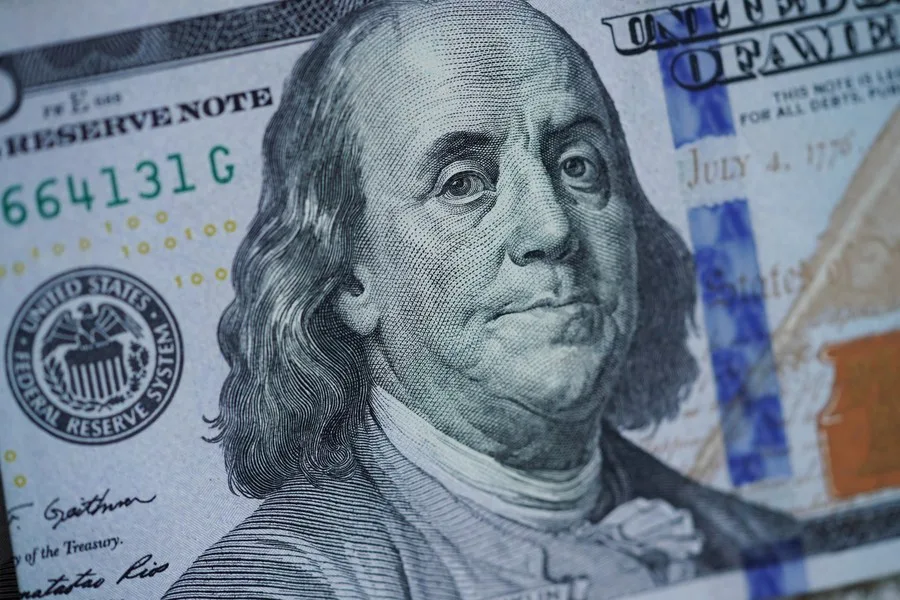
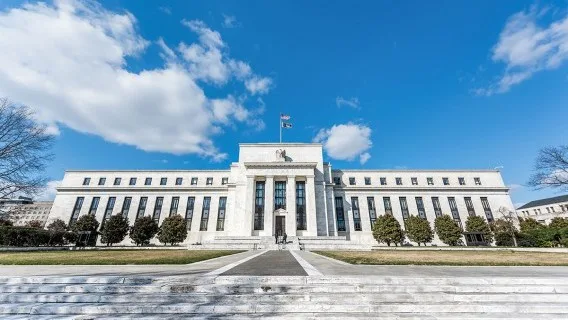
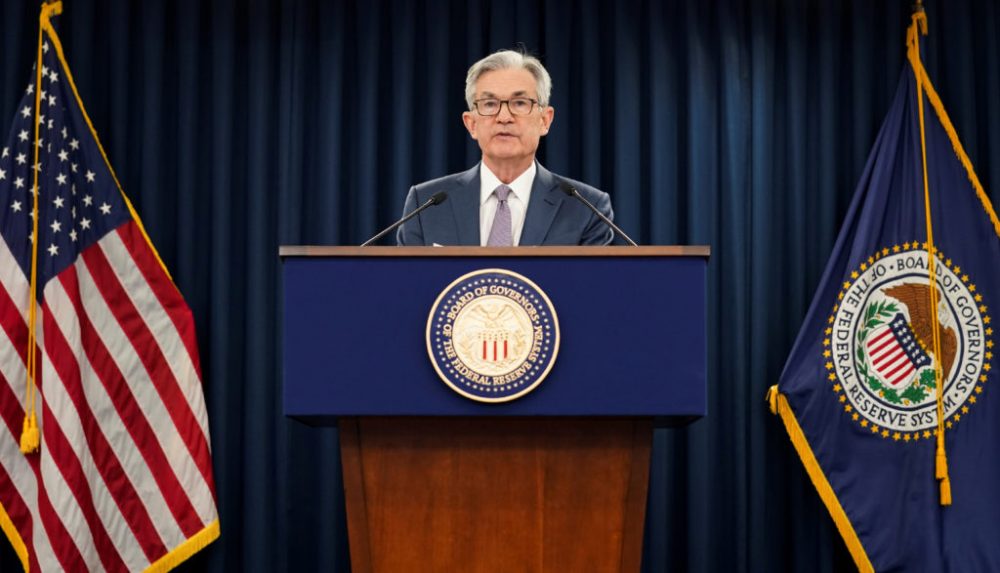

Leave a Reply
You must be logged in to post a comment.